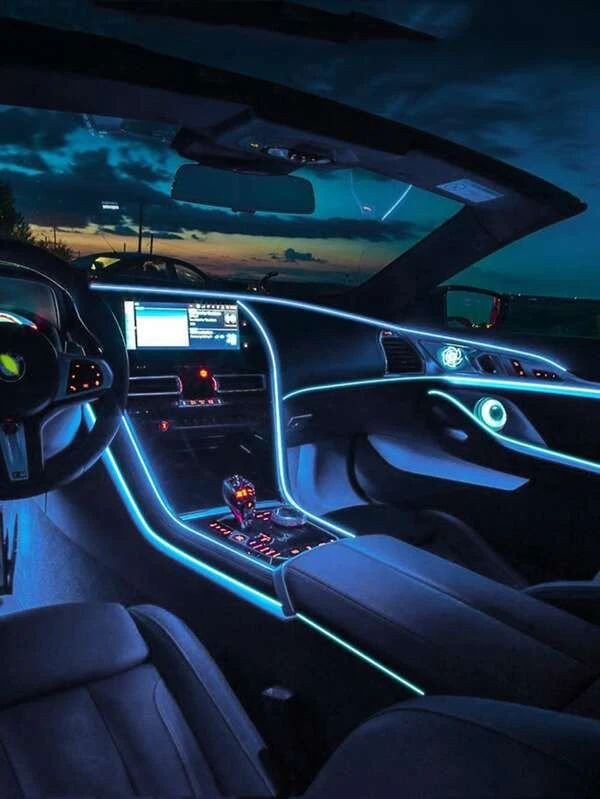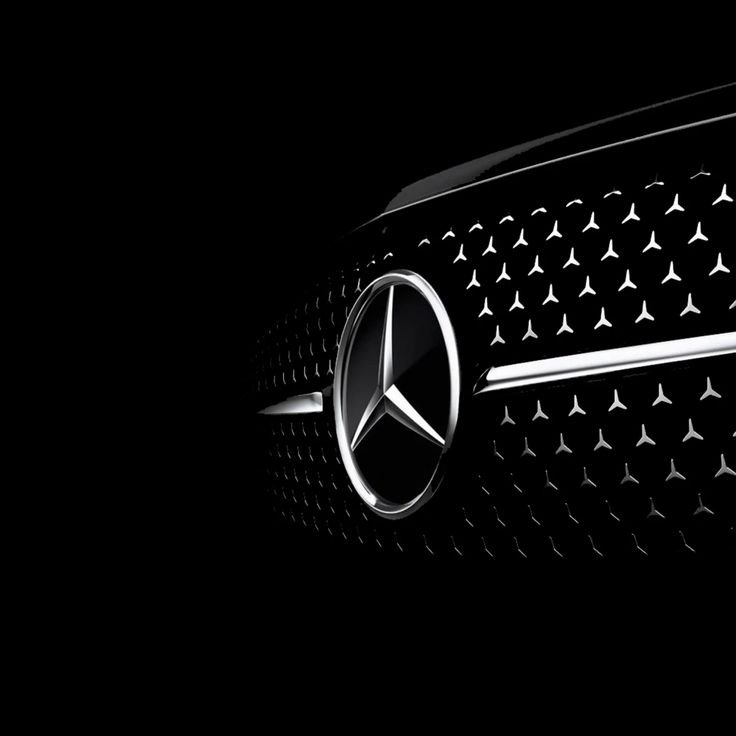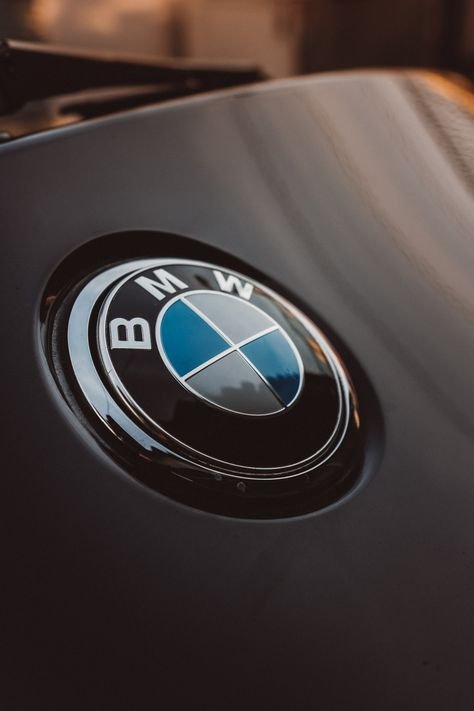
Ferrari, an iconic name in the world of automobiles, is synonymous with speed, luxury, and exclusivity. Founded in 1939 by Enzo Ferrari, the brand has become a symbol of excellence in the automotive industry. This detailed article explores Ferrari’s history, technological advancements, market influence, challenges, and future prospects, highlighting the elements that make Ferrari a revered name among car enthusiasts and collectors worldwide.
Historical Background
The Birth of Ferrari
Ferrari’s origins trace back to Auto Avio Costruzioni, which Enzo Ferrari founded in 1939 after leaving Alfa Romeo. Initially, the company focused on producing parts and machinery for other automakers. However, Enzo Ferrari’s passion for racing led him to develop his own cars. The first Ferrari-badged car, the 125 S, debuted in 1947, featuring a V12 engine designed by Gioachino Colombo. This marked the beginning of Ferrari’s journey as a manufacturer of high-performance sports cars.
Early Racing Success
Ferrari quickly gained recognition for its success in motorsports. The brand’s racing division, Scuderia Ferrari, became a dominant force in various racing competitions, including Formula One, Le Mans, and Mille Miglia. Notable early victories included winning the 24 Hours of Le Mans in 1949 and securing multiple Formula One World Championships in the 1950s with legendary drivers like Alberto Ascari and Juan Manuel Fangio.
Expansion and Road Cars
While racing remained Ferrari’s primary focus, the company began producing road cars to fund its racing activities. The 1950s and 1960s saw the introduction of several iconic models, such as the Ferrari 250 GTO, the Ferrari 275 GTB, and the Ferrari Daytona. These cars not only offered exceptional performance but also showcased Ferrari’s commitment to craftsmanship and design.
Technological Advancements
Engine Technology
Ferrari’s reputation for high-performance engines is unparalleled. The company has continually pushed the boundaries of automotive engineering, developing some of the most powerful and sophisticated engines in the industry.
- V12 Engines: Ferrari’s V12 engines are legendary, known for their high-revving nature and incredible power output. Models like the 250 GTO and the modern-day Ferrari 812 Superfast exemplify the prowess of Ferrari’s V12 engineering.
- Turbocharging: In recent years, Ferrari has embraced turbocharging to meet stringent emissions regulations while maintaining performance. The Ferrari 488 GTB, introduced in 2015, features a twin-turbo V8 engine that delivers exceptional power and responsiveness.
- Hybrid Technology: Ferrari has also ventured into hybrid technology, combining electric motors with traditional combustion engines to enhance performance and efficiency. The LaFerrari, launched in 2013, is a prime example, featuring a hybrid powertrain that produces over 950 horsepower.
Aerodynamics and Lightweight Materials
Ferrari’s commitment to aerodynamics and lightweight construction is evident in its car designs. The company employs advanced materials and engineering techniques to optimize performance and handling.
- Carbon Fiber: Ferrari extensively uses carbon fiber in its vehicles to reduce weight and enhance structural rigidity. The Ferrari Enzo and the LaFerrari are notable examples of cars that benefit from carbon fiber construction.
- Active Aerodynamics: Ferrari integrates active aerodynamic elements, such as adjustable spoilers and diffusers, to improve downforce and stability at high speeds. The Ferrari 488 Pista and the Ferrari SF90 Stradale showcase advanced aerodynamic innovations.
Advanced Driver Assistance Systems (ADAS)
While Ferrari is renowned for its focus on pure driving pleasure, the company has also incorporated modern driver assistance technologies to enhance safety and convenience.
- Traction Control and Stability Systems: Ferrari’s advanced traction control and stability systems ensure optimal handling and performance, particularly in challenging driving conditions.
- Adaptive Suspension: Ferrari’s adaptive suspension systems adjust damping in real-time to provide a balance between comfort and performance.
Market Influence
Exclusivity and Brand Image
Ferrari’s brand image is built on exclusivity, performance, and luxury. The company carefully manages its production volumes to maintain scarcity and exclusivity, which in turn drives demand and enhances brand value.
- Limited Production Models: Ferrari frequently releases limited production models, such as the Ferrari F40, F50, and LaFerrari. These cars often become highly sought-after collector’s items, appreciating in value over time.
- Customization: Ferrari offers extensive customization options through its Tailor Made program, allowing customers to personalize their cars with unique colors, materials, and finishes.
Financial Performance
Ferrari’s financial performance reflects its status as a luxury brand. The company’s strategic focus on high-margin models and limited production runs has resulted in robust profitability and strong market capitalization.
- Stock Market Success: Ferrari’s initial public offering (IPO) in 2015 was a significant milestone, highlighting investor confidence in the brand. The stock has performed well, driven by consistent financial results and a strong product lineup.
- Revenue Streams: In addition to car sales, Ferrari generates revenue from various sources, including licensing, merchandising, and motorsports activities.
Motorsports Legacy
Ferrari’s motorsports legacy is integral to its brand identity. The company’s success in Formula One and other racing series has cemented its reputation for engineering excellence and competitive spirit.
- Formula One Dominance: Scuderia Ferrari is the most successful team in Formula One history, with numerous Constructors’ and Drivers’ Championships. Legendary drivers such as Michael Schumacher, Niki Lauda, and Kimi Räikkönen have contributed to Ferrari’s racing heritage.
- Le Mans and Endurance Racing: Ferrari has also achieved significant success in endurance racing, with multiple victories at the 24 Hours of Le Mans and other prestigious events.
Challenges and Solutions
Technological and Regulatory Challenges
As the automotive industry evolves, Ferrari faces several technological and regulatory challenges.
- Emissions Regulations: Stricter emissions regulations worldwide require Ferrari to develop cleaner and more efficient powertrains. The company’s investment in hybrid and electric technology is a response to these challenges.
- Electrification: While Ferrari has embraced hybrid technology, the transition to fully electric vehicles presents both opportunities and challenges. Balancing performance, range, and the signature Ferrari driving experience is crucial.
Market Competition
Ferrari operates in a highly competitive market, facing competition from other luxury and performance car manufacturers.
- Competing Brands: Brands like Lamborghini, McLaren, and Porsche are direct competitors, offering high-performance sports cars that appeal to a similar customer base. Ferrari must continuously innovate to maintain its competitive edge.
- New Entrants: The rise of new entrants in the electric and high-performance vehicle segments, such as Tesla and Rimac, presents additional competition. Ferrari’s response involves integrating cutting-edge technology while preserving its brand identity.
Maintaining Exclusivity
Maintaining exclusivity is critical to Ferrari’s brand strategy, but it comes with challenges.
- Production Limits: Ferrari must carefully manage production volumes to ensure exclusivity without alienating potential customers. Balancing supply and demand is essential to preserving brand value.
- Counterfeit and Replica Issues: The proliferation of counterfeit and replica Ferrari products poses a threat to brand integrity. Ferrari actively combats these issues through legal actions and brand protection measures.
Future Prospects
Continued Innovation
Ferrari’s future prospects are closely tied to its commitment to innovation and technological advancement.
- Hybrid and Electric Vehicles: Ferrari plans to expand its hybrid lineup and introduce fully electric models in the coming years. These vehicles will combine Ferrari’s performance heritage with cutting-edge technology and sustainability.
- Autonomous Driving Technology: While Ferrari’s focus remains on driving pleasure, the integration of autonomous driving technology could enhance convenience and safety. Future models may feature advanced driver assistance systems without compromising the driving experience.
Expanding Market Presence
Ferrari aims to expand its market presence while maintaining exclusivity.
- Emerging Markets: Growth opportunities in emerging markets, particularly in Asia and the Middle East, are significant. Ferrari is expanding its dealership network and tailoring its offerings to meet regional preferences.
- Luxury Lifestyle Brand: Ferrari is leveraging its brand to expand into luxury lifestyle products and experiences. The company’s Ferrari-branded merchandise, apparel, and accessories complement its automotive offerings.
Sustainability and Environmental Goals
Ferrari is committed to sustainability and reducing its environmental impact.
- Carbon Neutrality: Ferrari has set ambitious goals to achieve carbon neutrality by 2030. This involves reducing emissions across its operations and developing sustainable manufacturing practices.
- Sustainable Materials: The company is exploring the use of sustainable materials in its vehicles, such as recycled carbon fiber and eco-friendly interior materials.
Ferrari’s legacy of performance, luxury, and exclusivity has made it one of the most revered brands in the automotive world. From its humble beginnings to its dominance in motorsports and its status as a luxury icon, Ferrari continues to push the boundaries of automotive engineering and design.
As Ferrari navigates the challenges of technological advancements, regulatory changes, and market competition, its commitment to innovation and excellence remains unwavering. The company’s future prospects are bright, with exciting developments in hybrid and electric technology, expanded market presence, and a focus on sustainability.
In conclusion, Ferrari embodies the perfect blend of performance, luxury, and heritage. Its continued dedication to pushing the limits of what is possible in the automotive industry ensures that Ferrari will remain a symbol of excellence and aspiration for generations to come.
ALSO READ: How Autonomous Trucks Are Revolutionizing the Logistics Industry





